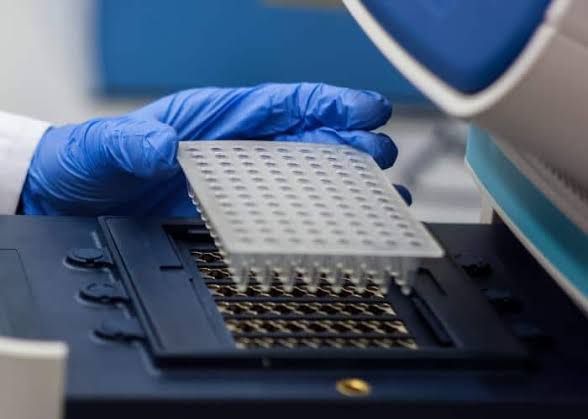
Aspects Influencing Genotyping Method Selection
Genotyping methods are critical for understanding genetic variations and their implications in health, disease, and evolution. The selection of a genotyping method is influenced by various factors including the type of polymorphism being studied, the required throughput, accuracy, cost-effectiveness, and the specific applications in clinical or research settings. Below is a detailed examination of several genotyping methods and the aspects influencing their selection.
Denaturing HPLC for Mutation Detection and Genotyping
Denaturing High-Performance Liquid Chromatography (DHPLC) is a technique used to separate DNA fragments based on their melting temperatures. This method is particularly useful for detecting mutations in PCR products.
Key Aspects:
- Sensitivity: DHPLC can detect heterozygous mutations with high sensitivity.
- Cost: It requires specialized equipment but can be cost-effective for screening large numbers of samples.
- Throughput: Suitable for medium-throughput applications.
- Specificity: It may not distinguish between different types of mutations effectively without further analysis.
Pyrosequencing of Clinically Relevant Polymorphisms
Pyrosequencing is a sequencing-by-synthesis method that allows for real-time monitoring of DNA synthesis.
Key Aspects:
- Speed: Offers rapid results compared to traditional sequencing methods.
- Quantitative Data: Provides quantitative information about allele frequencies.
- Accuracy: High accuracy in detecting single nucleotide polymorphisms (SNPs).
- Application: Particularly useful in clinical settings where rapid turnaround times are essential.
Kinetic Fluorescence-Quenching Detection Assay for Allele Frequency Estimation
This assay utilizes fluorescent probes that quench fluorescence upon hybridization with target sequences.
Key Aspects:
- Quantification: Allows precise quantification of allele frequencies.
- Sensitivity: Highly sensitive to low-frequency alleles.
- Complexity: Requires careful design of probes and optimization of conditions.
- Cost-Effectiveness: Generally more affordable than some other high-throughput techniques.
MALDI–TOF Mass Spectrometry
Matrix-Assisted Laser Desorption/Ionization Time-of-Flight (MALDI–TOF) mass spectrometry is used to analyze biomolecules based on their mass-to-charge ratio.
Key Aspects:
- High Throughput: Capable of analyzing many samples simultaneously.
- Accuracy: Provides precise mass measurements which can identify SNPs and other variants.
- Sample Preparation: Requires minimal sample preparation compared to other methods.
- Cost Considerations: Initial setup costs can be high, but operational costs may be lower due to reduced reagent use.
Fluorescence-Based Fragment Size Analysis
This method involves amplifying DNA fragments via PCR and analyzing them based on size using fluorescent markers.
Key Aspects:
- Simplicity: Relatively straightforward protocol with established methodologies.
- Resolution: High resolution allows differentiation between closely sized fragments.
- Applications: Widely used in forensic science and paternity testing due to its reliability.
- Limitations: May not provide information on sequence variation beyond size differences.
SNP Genotyping in DNA Pools
Pooling DNA samples from multiple individuals can reduce costs and increase throughput when genotyping SNPs.
Key Aspects:
- Efficiency: Reduces the number of reactions needed per individual sample.
- Statistical Power: Increases statistical power when analyzing population-level data.
- Complexity in Interpretation: Requires careful statistical analysis to interpret pooled data accurately.
- Applicability: Useful in large-scale epidemiological studies or population genetics research.
Genotyping of InDel Polymorphisms
Insertion-deletion (InDel) polymorphisms are variations where nucleotides are inserted or deleted from the genome.
Key Aspects:
- Detection Challenges: More challenging to detect than SNPs due to variability in length and sequence context.
- Method Selection Impacted by Size Variability: Techniques like PCR-based assays or next-generation sequencing are often preferred due to their ability to handle size variability effectively.
- Clinical Relevance: Important for understanding certain diseases where InDels play a role in gene function or regulation.
Conclusion
The selection of a genotyping method depends on multiple factors including sensitivity, specificity, throughput, cost-effectiveness, and the nature of the genetic variations being analyzed (SNPs vs InDels). Each method has its own advantages and limitations that must be considered based on the specific requirements of the study or clinical application at hand.







